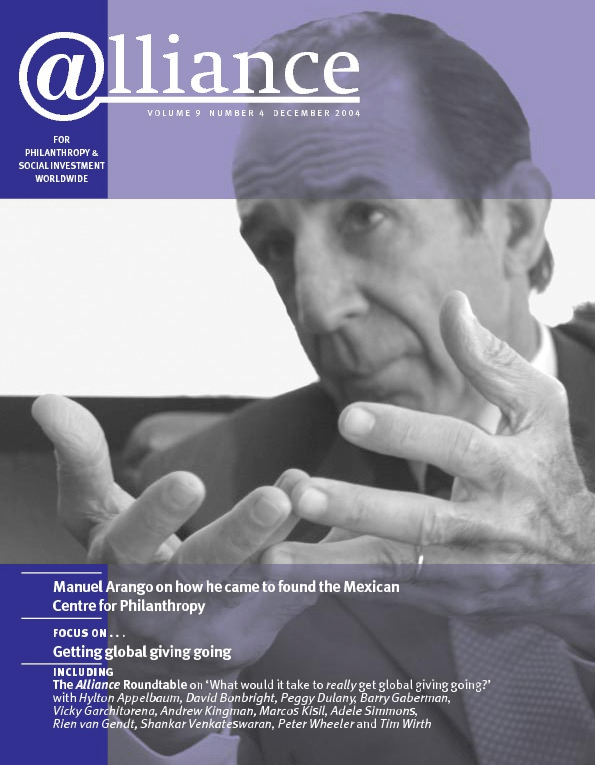When APPC decided to embark on its exploratory study of high net worth individuals (HNIs) in six countries in the region, its aim was to find out more about their giving. Specifically, we wanted to learn more about their practices and attitudes towards giving as well as perceived barriers and constraints. We wanted their insight to help us develop ‘philanthropic leaders’ who could help to create a strong, vibrant philanthropic sector in their countries. The Hewlett Foundation was also interested in what could be learned about HNI giving and supported this study.
Within a few months, APPC’s Governing Council members, who conducted the interviews, had gathered information about the charitable interests and practices of some 72 HNIs from Bangladesh, India, Indonesia, Pakistan, the Philippines and Thailand. We had also gained a lot of knowledge as to why they give, to whom they give, what challenges they face in their giving, and whether they could be persuaded to give more and better. Admittedly, the study sample is small and the findings are specific to this group of respondents. None the less, we got a fascinating picture of what drives these individuals, and what could encourage other HNIs to give as well.
The HNIs interviewed were top industrialists, agriculturists and leading professionals in the six countries. Many but by no means all were based in capital cities. Women philanthropists were consciously sought, as were second- and third-generation philanthropists. Their ages ranged from mid-forties to early eighties.
Why do you give? To this question, respondents cited several influences and in varying degrees among countries. While HNIs are highly influenced by their religion, many said this was not the primary reason. Rather, their family traditions, values and practices moved them, more than anything, to give. Moral and social obligations were cited as well. ‘I must give,’ some said, while others felt that ‘To give or not to, this is not a choice.’ Many expressed the desire to respond to the compelling needs of society.
To whom do you give? In five out of six countries, the answer was to individuals more than to organizations, and to causes more than to institutions. Top priorities were education, health and social welfare. Other causes supported were livelihood, microfinance and employment generation. A few respondents mentioned causes that could be seen to be political (in Indonesia) and also a social cause (cited by one Pakistani) to resist the mullah (extremist) culture. The preferred choice of giving vehicle was their own family foundations and trusts. Intermediary organizations were little used in most countries, except the Philippines.
Your current practices? Several respondents talked about how they determined how much to give, with some identifying formulas they used. For a few, ‘involving people in the philanthropic activity is more important’ than simply giving money. HNIs confirmed that they are the primary decision-makers, though they often consult their family, staff and peers.
While they prefer to give anonymously, a few agreed that being featured in the media could encourage more philanthropic giving from others. Most respondents said that their reward was ‘happiness, a sense of fulfilment, and an affirmation that one is doing good’. While all agreed that tax incentives did not cause them to begin giving, they felt better tax incentives would motivate philanthropists to give more.
Concerns that affect giving? Many expressed grave concern that government has continued to fail to respond to issues adequately. Government inefficiency and corruption have caused great hardship for citizens and overall have negated any positive effects of philanthropy. The respondents also indicated their concern that non-profit organizations need to address transparency and accountability issues and to improve their image to the public.
Interest in philanthropy advisory services? While many felt they were already giving adequately, they would appreciate more information about issues, a reliable database of non-profit organizations that they could tap for projects, or ready access to government statistics. However, they did not see philanthropy advisory services as a great present need.
The project has given us a lot to think about. For now, we agree that what is important is that we have a relationship with these HNIs, which we hope will lead to working with them on ways to encourage greater giving in their countries.
Rory Tolentino is Executive Director of the Asia Pacific Philanthropy Consortium. She can be contacted at roryappc@pldtdsl.net
See http://www.asianphilanthropy.org





Comments (0)